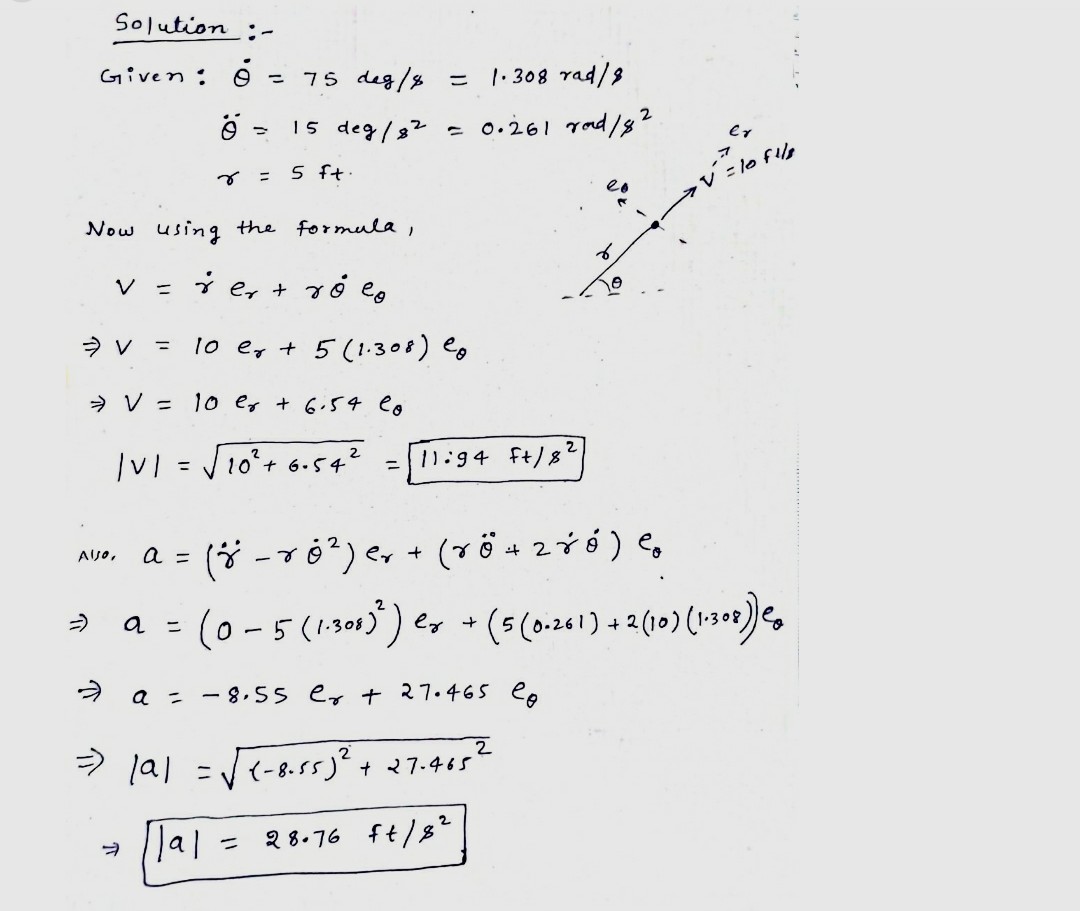to water the lawn by swinging the garden hose in a circle around his head at a radius of 5 ft. Initially, he rotated the hose at a rate of 75 deg/sec while speeding up at a rate of 15 deg/sec^2. The water is flowing through the hose at a constant velocity of 10 ft/sec.
Angular speed, acceleration and displacement
Angular acceleration is defined as the rate of change in angular velocity with respect to time. It has both magnitude and direction. So, it is a vector quantity.
Angular Position
Before diving into angular position, one should understand the basics of position and its importance along with usage in day-to-day life. When one talks of position, it’s always relative with respect to some other object. For example, position of earth with respect to sun, position of school with respect to house, etc. Angular position is the rotational analogue of linear position.
Last summer, the sprinkler system in in your friend’s back yard broke. He decided to water
the lawn by swinging the garden hose in a circle around his head at a radius of 5 ft. Initially,
he rotated the hose at a rate of 75 deg/sec while speeding up at a rate of 15 deg/sec^2. The
water is flowing through the hose at a constant velocity of 10 ft/sec. Assume the hose lies on
a horizontal plane. Calculate the magnitude of the velocity (in ft/s) and acceleration (in ft/s^2)
of a water particle as is exits the end of the hose.

Trending now
This is a popular solution!
Step by step
Solved in 2 steps with 2 images









